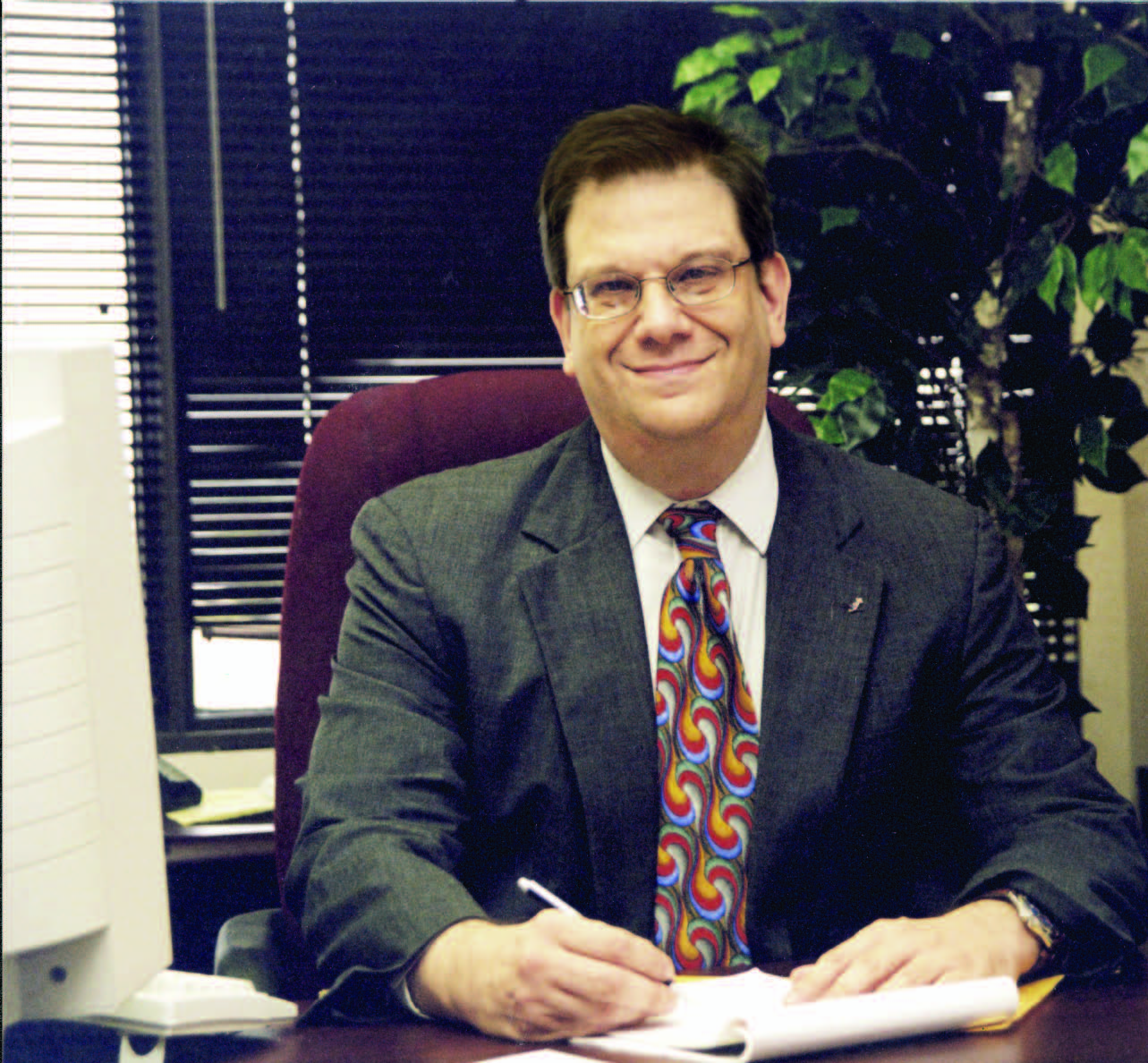November 2013, Vol. 240 No. 11
Editor's Notebook
Editor's Notebook: The Long Tail

Say, did you hear the one about the oil pipeline crew that was digging a trench when they spotted the dinosaur tail?
No tall tale here. This is one of the stories that makes you appreciate being in the pipeline business. It proves that whether you’re the operator or the contractor, you care about something more than just money. You care the about the world around you as well as those that came before us, even if it was 70 million years ago.
Early last month a crew working for Tourmaline Oil Co. was excavating near Spirit River in northwest Alberta when a backhoe operator lifted a piece of rock near the right-of-way to expedite their work. The rock fell and split apart; the operator was ready to resume work when he spotted a large piece of skeletal tail. The crew immediately stopped work as is required because all fossils and dinosaur bones are protected by provincial law and contacted the authorities.
Paleontologists from the Royal Tyrrell Museum raced to the site and with the help of the oil company, unearthed more of the skeletal remains from the rock – still buried some 5 feet underground. The oil company helped load the heavy fossil onto a truck for study at the Tyrrell Museum in Drumheller where it will likely remain for several years. Eventually it could end up on display at the new Philip J. Currie Dinosaur Museum which is scheduled to open next Aug. 9 in Grande Prairie, about 70 kilometers from where the fossil was found.
With the continued help of the oil company, the scientists have been scouring the area hoping to find other parts of the creature. The tail apparently belonged to a hadrosaur, a slow plant-eating duck-billed beast that grew 30-40 feet, grazed on all fours similar to a cow and a horse, and roamed in herds through that region about 73 million years ago.
While the discovery delighted the scientists who rarely find such a single intact specimen, it is not a monumental event, said Brian Brake, executive director of the project to build the Currie Dinosaur Museum. These particular creatures apparently enjoyed life in this region.
“There are lots of hadrosaurs in this area and the Province of Alberta has the most significant deposits of dinosaurs of any state or province in North America,” Brake said. In fact, the new dinosaur museum is the result of an historic find in 1974 that brought increased attention and led to many more discoveries in the region.
Although dinosaur bones are commonly found there, construction crews generally aren’t trained to look for them. This leads to speculation that many crews don’t report findings because of the expense and inconvenience involved. Not Tourmaline Oil Co. They could not have been more helpful, Brake and others emphasized.
“They have absolutely 100% done the right thing and we are trying to give them as much positive PR as we can,” Brake said.
Cooperation goes both ways in these types of situations. The scientific team rushed to the site as fast as they could, not wanting to cause Tourmaline any undue delays. Tourmaline went out of its way to provide whatever they needed in terms of equipment and manpower.
I couldn’t get a comment from Tourmaline, but then actions do speak louder than words.
A word about the $35 million facility designed to house dinosaur bone bits from northwest Alberta. Some energy companies have contributed to the project, including $250,000 each from Alliance Pipeline and Canadian Natural Resources Ltd. and $300,000 from Encana.Corp. Organizers have now collected about $28 million of their target. Because the region is also rich with history of oil and gas, about one-third of the three-level, 41,000-square-foot museum will be dedicated to the industry, Brake said.
It seems like the perfect combination, doesn’t it? A trove of fossils and a rich reservoir of fossil fuels. Brake seems to love the connection between the two.
“You can go just 16 kilometers south of here and dig bones in the densest horn dinosaur bed in the world,” he said.
And this is how oil and gas fit into the grand plan: “We’re going to cover some of the history of it – how it comes about – the connection between dinosaurs and fossil fuels, and we’ll also cover some of the modern techniques that are used to extract that from the earth.”
For more information on the museum including sponsorships, Brake can be reached at 780-532-2362.





Comments